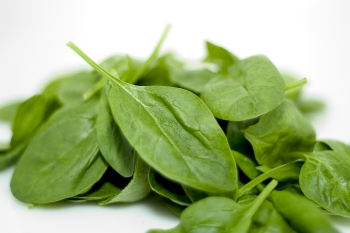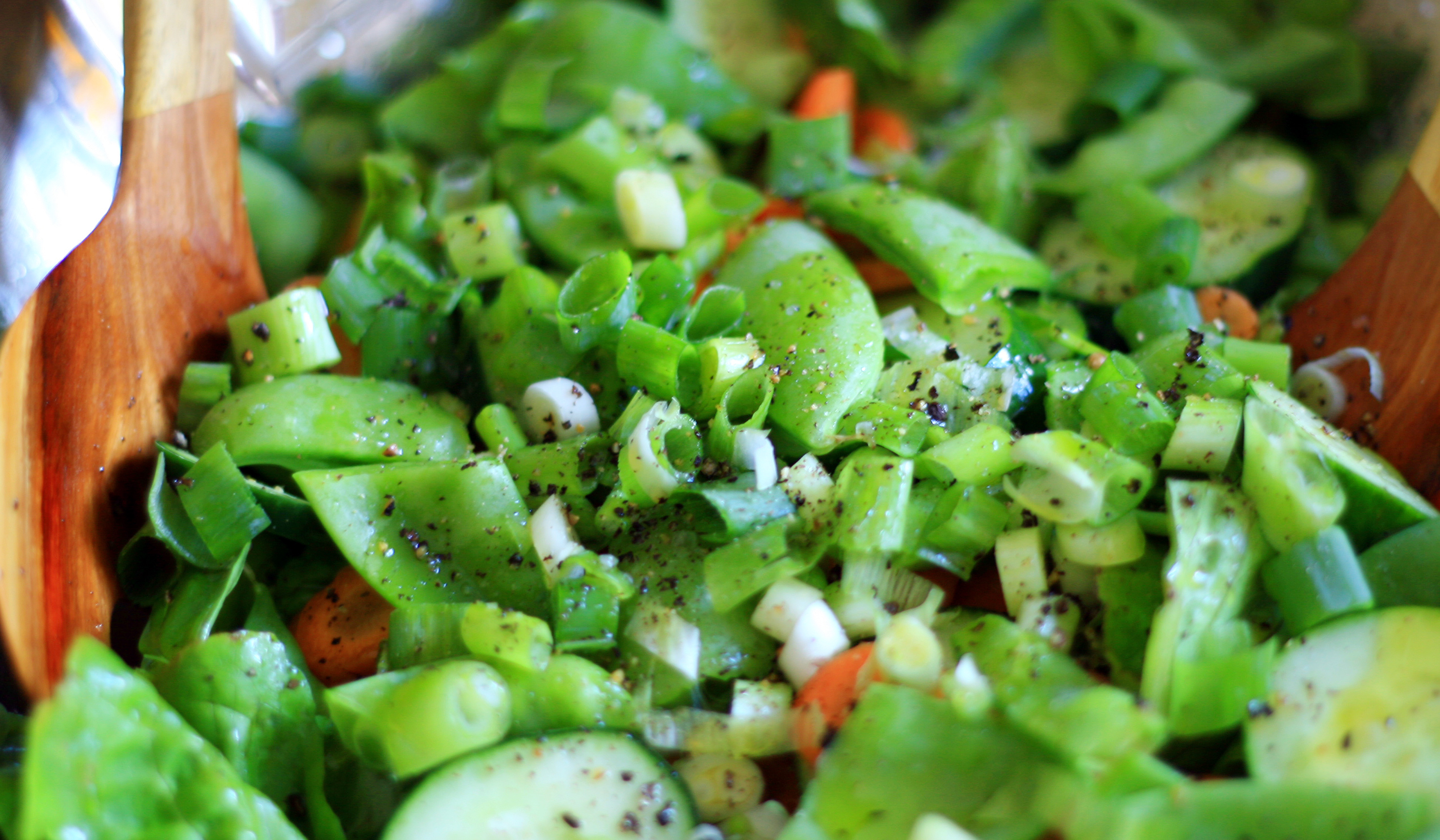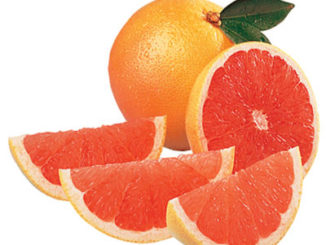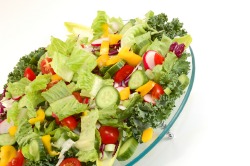
If you’re not using thermogenic foods to your diet’s advantage; you should be. Many people have never even heard of thermogenic foods, yet incorporating them can be a great way to lose weight.
Eating more thermogenic foods is a great way to lose weight more quickly and more easily. Even if you’re not trying to lose weight; eating thermogenic foods on a regular basis can make it easier to maintain your current weight.
And, thermogenic foods are not complicated or difficult to find. In fact, you’re probably eating some of them already.
Thermogenic Foods and the Metabolism
Thermogenic foods are those that use more calories to digest than they contain. Your digestive processes require calories, and some foods require more calories to process than others.
Thermogenic foods are all very low in calorie and high in fiber, so they require lots of calories to digest. By eating these foods, you essentially create a calorie deficit just by digesting them. That’s why eating them can help you lose weight.
Your metabolism will work harder than ever when you eat a lot of thermogenic foods, particularly if you use them to replace other calories in your diet.
Because thermogenic foods also typically have a lot of fiber, they help you feel full on the few calories they do contain. Therefore, they make sticking to your diet easier.
The Top 10 Thermogenic Foods
If you’re ready to give thermogenic foods a try; here’s a list of the ten best ones.
- Cruciferous Vegetables (Broccoli, Cauliflower, Cabbage)
- Celery
- Asparagus
- Leafy Greens (lettuce, spinach, kale, etc)
- Mushrooms – Most mushrooms have no calories at all, so all the calories burned processing them
- Chili peppers – In addition to being thermogenic, hot peppers give an extra boost to the metabolism. The capsaicin in them, which is what makes them hot, speeds the metabolic rate.
- Berries
- Apples
- Apricots / Peaches
- Pears
Thermogenic Foods Help You Burn More Calories Each Day

These foods can be eaten cooked or raw, and can be eaten in combination with other foods or on their own.
Adding them to dishes you already make, like putting some mushrooms in a beef stew, ups the thermogenic capacity of that dish quickly and easily.
When you make these thermogenic foods diet staples, you’ll automatically burn more calories in a day the easy way. And, the great thing is that there are so many ways to use these fruits and vegetables in your everyday life.
Choosing thermogenic foods really is a great way to speed up your metabolism, burn more calories and make weight loss happen automatically. This is just one of the ways you can use little tricks in your diet to make it work for you.




I feel compelled to comment here because I don’t understand the absolute outrage posted previously. I’d like to point out that all foods we eat need to be broken down in order to utilize the amino acids that we use on a daily basis for cellular construction. In order to break down these foods we have to use energy, this is not a passive process. We chew our food, our stomach beats the heck out of it, and the smooth muscle in our intestines are constantly pushing it along. This does not even take into account how much effort our body puts into creating and utilizing secretory enzymes that help to break food particles down. The actual digestive process is laborious by nature, so it only makes sense that the foods that give the body more of a challenge (high fiber foods for instance) are going to take more energy to break down. If those foods that contain a good amount of fiber (like those listed above) also are low in calories, we’re doing all that work with only a few calories to show for it. Added bonus: we get all those wonderful micronutrients that most people eating a traditional western diet don’t always get enough of.
Simply stated, food does make us produce heat, this is why we measure foods by the amount of calories they contain. “A calorie is a unit of measure that determines the amount of heat needed to increase the temperature of one kilogram of water from 0 to 1 degree Celsius” (Rosen, 2016). So the author is correct, using the first law of thermodynamics he has expressed that one form of energy is begotten by the utilization of another form of energy. “Because the human body is considered an open system, various nutritional factors can impact the storage or expenditure of energy within the context of the first law of thermodynamics” (Schoenfeld, Aragon, and Krieger, 2015).
So, I guess the question we need to ask is why are we eating the food in the first place? To make energy, right? How many stalks of celery does it take to get the same amount of glucose as a turkey sandwich, a serving size of yogurt, or a cupcake? A ton. That’s a whole lot of chewing, swallowing, and digesting your body has to do for the same amount of benefit. I, personally, cannot even imagining eating that much celery! Imagine how full that sort of undertaking would make a person feel. The fiber would trigger the stretch receptors in the stomach and send alarm messages to your brain that scream to stop eating! The fiber also helps further on by pushing the food through your system and helps to prevent constipation.
So when the author lists foods that are thermogenic it’s important to understand just how much energy (and thereby the production of heat) we put into each bite we place in our mouth. These foods do provide very little calories compared to how much we burn to digest them. It’s easy to forget about all the work our body is doing when we aren’t paying attention, but it’s always busy. Digesting food might not create as much heat as exercising can, but we’re doing it all the time! Our basic metabolic functions are always giving off heat…we are 98 degrees after all!
I also feel that it’s important to point out that while eating foods listed in this article, particularly when substituting them in for less healthy options are important for healthy weight maintenance and even possibly weight loss, there is no substitution for exercise or eating at regular intervals. Our bodies are smart, sometimes they outsmart us ourselves. If we’re not eating enough they will go into starvation mode and our basal metabolic rate will drop: not good for trying to lose weight. Small frequent meals and lots and lots of water (unless you have a condition that limits your fluid intake) will let your body know that nutrients are not in short supply and that it’s okay to function with a higher metabolic rate. Exercise is tough for a lot of people, especially in the beginning, but even doing an activity that gets your heart rate up for a little while can keep you burning calories well after you’ve finished you workout. And remember that muscles are what really burn the calories, so a little resistance training can go a long way! The more muscle you have, the more calories you’ll burn, even when you’re sitting on the couch after a long day! (Any people with limitations of mobility, or chronic conditions should obtain their primary care provider’s advice before working out. Don’t be discouraged by this extra step, your doctor will be thrilled you asked!)
I hope this information helps clarify what I really think the author is trying to say. Best of luck to all of you in your efforts to stay healthy!
References:
Rosen, B. (2016). Nutrition 101: Calories. Communicating Food For Health, 6.
Schoenfeld, B. J., Aragon, A. A., & Krieger, J. W. (2015). Effects of meal frequency on weight loss and body composition:
a meta-analysis. Nutrition Reviews, 73(2), 69-82. doi:nure/nuu017
Now I’m no expert at dieting and have only just come across the term thermogenic recently, however I have recently started eating sensibly (not dieting!) as I feel a diet is only a temporary fix to a weight issue where as eating sensibly is something that doesnt change and is ongoing or the rest of your life.
The misuse of the word “Thermogenic” in this article is enraging. has the author not done any research, look it up in a dictionary. Thermogenic refers to foods that increase the heat that your body produces (wiki it) therefore burning more calories in heat energy (thermo, get it?)
This article refers to negative calorie foods, the only thermogenic food listed here is the chilli pepper. Also, mushrooms do have calories, if you can extract energy from it via digestion it has a calorie content, a small one albiet, but lets not disillusion people here. If this article is representative of this site, find somewhere else to look up advise.